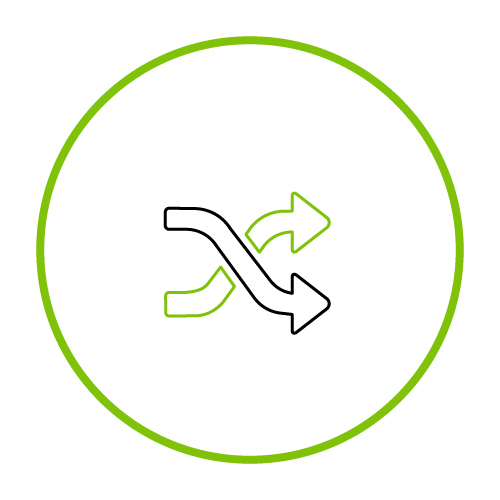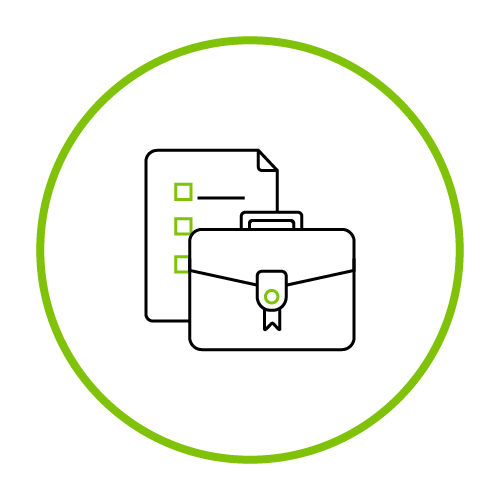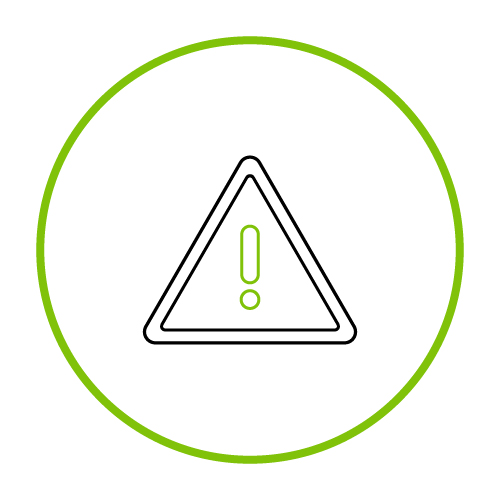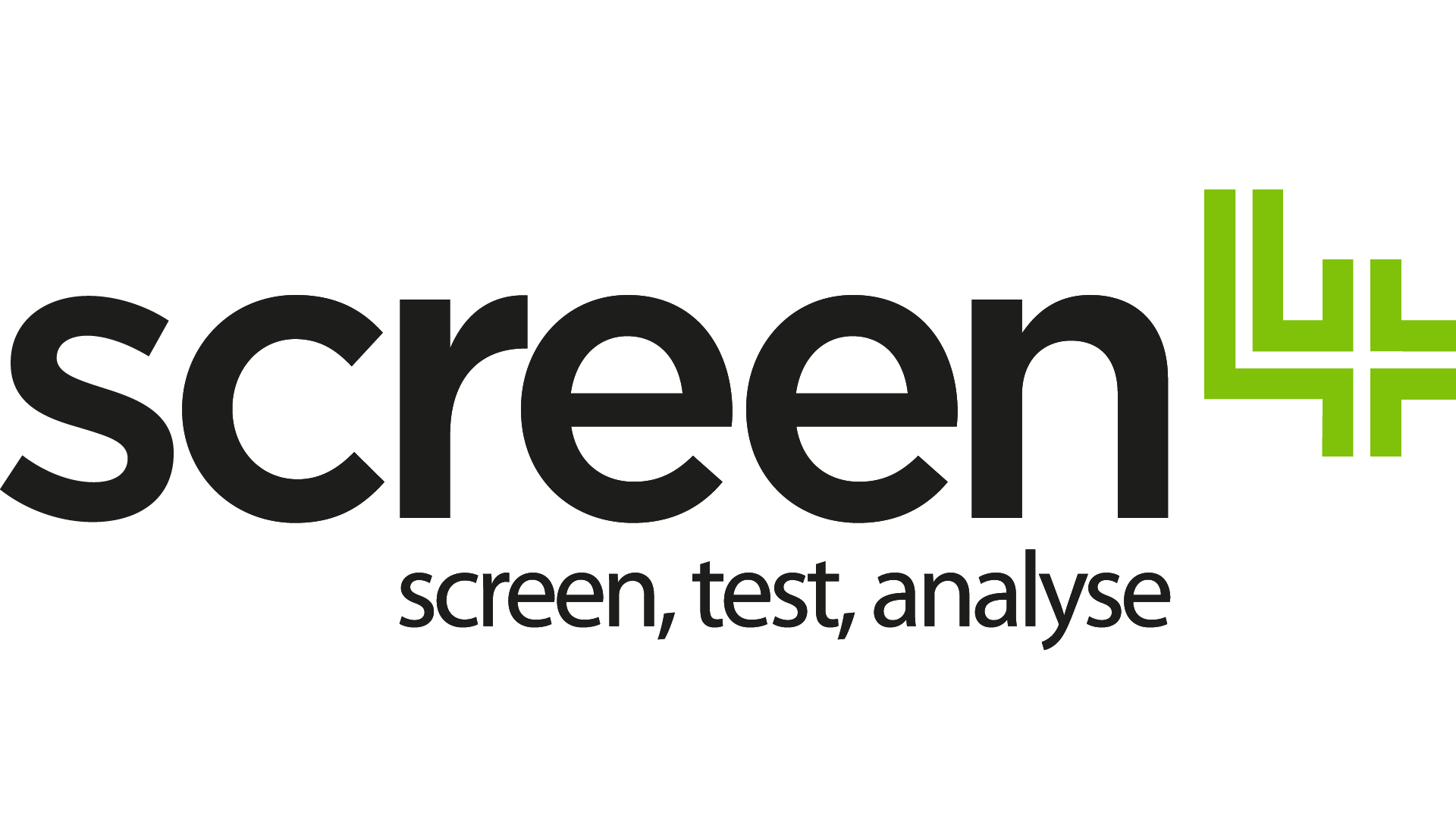Testing Methods and Technologies
Drug and Alcohol Testing Methods

Random Testing
Random testing is a method of testing for substance use by employees through a process of random selection. These tests are conducted without prior notice to the employee and a systematic selection process is used to assure that each employee has an equal chance of being chosen for testing. Because there is no prior notice as to when this testing will occur, or who will be selected, random Drug and Alcohol testing serves both to detect, and deter, substance use. Random Testing has consistently been proven to be the most effective deterrent against use/abuse of substances in the workplace.

Pre-Employment Testing
Pre-employment Drug testing takes place when potential new employees are requested to provide a urine, saliva, or hair sample for a Drug and or Alcohol analysis before being offered the job. Employers can gain important information about the lifestyle of their prospective new employee from a Drug and Alcohol test. Significant and helpful tool - to reduce risks being introduced into the workplace.
Follow Up Testing
If an employer chooses to provide support to an individual following a positive Drug or Alcohol test, or as part of a Support Program, this method of testing would be used to help with rehabilitation and to ensure the employee is remaining substance free. The type and method / frequency of testing will be based upon individual requirements and can be assessed over the rehabilitation period.

With Cause Testing
When a business has a suspicion that an employee may be under the influence of a substance a with cause test should be performed. Suspicion may be raised via whistle blowing or the individual may be acting out of character and displaying strange behavior. Training can help in having the confidence to identify the risk of someone ‘under the influence’ of a substance.

Post Incident Testing
Post Incident and “For Cause” screening refers to Drug and Alcohol Screening to find out whether either Drugs and/or Alcohol were a factor in an accident or incident, where the person(s) actions or omissions are believed to have contributed to the accident or incident, or the behavior of a person gives cause to suspect that they are unfit to continue work.
Drug and Alcohol Testing Technologies
Urine Testing
Urine testing is the historical, tried and tested method of detecting drugs of abuse and alcohol. Urine tests are most commonly used to detect prescription drugs or illicit substances. However as required urine samples can also be screened to detect alcohol. We utilise many different types of testing cups as dictated by client needs or regulatory requirements and can test for up to 16 different drugs. Point of Care Testing (POCT) is a proven method to identify potential risk and the presence of Psychoactive substances (drugs). This helps reduce risks and is part of a Chain of Custody Process that is evidential and robust. Confirmation at ISO 17025 accredited laboratories provide comfort in the results.
Breath Alcohol Testing
A consistent and significant risk within the workplace, Alcohol is most ‘common’ drug that is detected across the general workplace. The easiest way of detecting levels of Alcohol in a person is by taking a breath sample (Breathalyser). This is a simple process which is not intrusive and is an evidential standard (when completed under Chain of Custody Procedures), robust and reliable method.
Oral Fluid Testing
A popular method of drug testing, an oral fluid (saliva) test offers an instant and reliable result, the oral swab works by taking a sample of saliva from the mouth and identifies the concentration of drug components which remain in the oral cavity after consumption. Confirmation at ISO 17025 accredited laboratories provide comfort in the results.
Hair Testing
Hair testing shows up drug and alcohol abuse over a much longer period than other testing methods, with a usual detection window of up to 90 days or more. When a substance is taken the metabolites enter the bloodstream which then pass through to the hair strands. A significant help in elimination of risk in the workplace as apart of a ‘pre-employment’ program. Can also be used effectively to help manage and provide visibility on any rehabilitation program.

